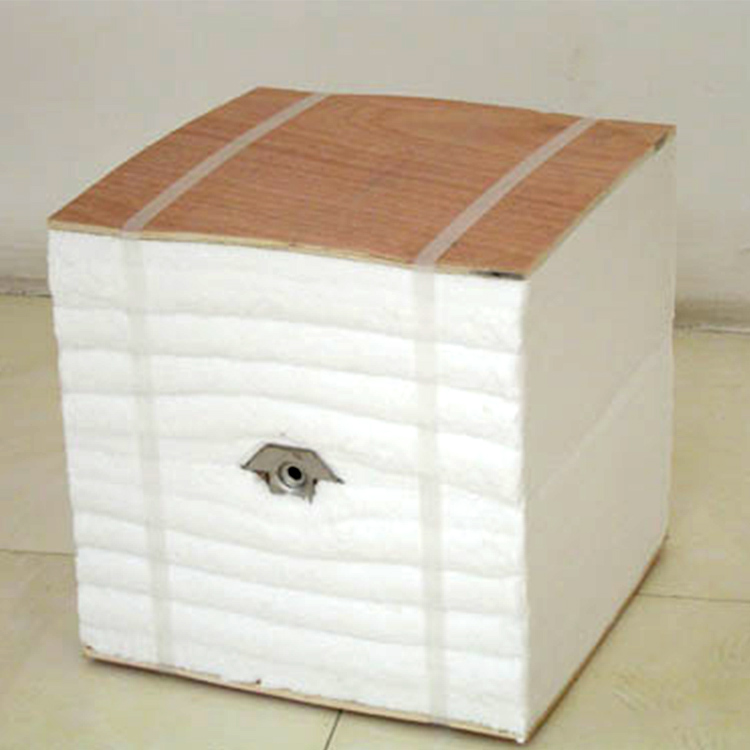In the intricate world of steelmaking, the third insulation layer of ladles plays a pivotal role in addressing critical challenges related to high - temperature control. The high - temperature shell of ladles not only poses significant safety hazards but also leads to substantial energy losses. For instance, in many steel plants, the high temperature of ladles can increase the risk of burns for workers by up to 30%, and energy consumption due to heat dissipation accounts for approximately 15% of the total energy used in the steelmaking process.
Traditional refractory materials used in ladle insulation have long been plagued by deficiencies. In terms of thermal shock stability, they can only withstand about 5 - 10 thermal cycles before showing signs of cracking. Their high thermal conductivity, often around 1.0 - 1.5 W/(m·K), results in significant heat loss. This not only increases energy costs but also reduces the overall efficiency of the steelmaking process. For example, in a medium - sized steel plant, the use of traditional materials can cause an annual energy loss equivalent to the energy consumption of 50 households.
Sunrise Vermiculite Ladle Insulation Boards offer a revolutionary solution to these problems. They are highly resistant to high temperatures, capable of withstanding temperatures up to 1200°C without significant degradation. Their low thermal conductivity, around 0.1 - 0.2 W/(m·K), can effectively reduce heat loss by up to 30%. Moreover, they have excellent chemical resistance, which can prevent corrosion from slag and other chemical substances in the ladle. This means longer service life and less frequent replacement, resulting in cost savings for steel enterprises.
Let's take a look at some real - world applications. A large - scale steel plant in Europe replaced its traditional insulation materials with Sunrise Vermiculite Ladle Insulation Boards. After the replacement, they noticed a 25% increase in energy efficiency, which translated into annual cost savings of approximately $500,000. Additionally, the plant was able to increase its production capacity by 15% due to the more stable temperature control inside the ladles.
Proper installation and maintenance are crucial for the performance of the insulation boards. During installation, it is essential to ensure a tight fit between the boards to prevent heat leakage. Regular inspections should be carried out to check for any signs of damage or wear. For example, visual inspections should be done at least once a month, and more in - depth inspections every six months. This will help to identify and address any potential issues before they become serious problems.

In conclusion, the choice of the third insulation layer in ladles is a critical decision for steel enterprises. Sunrise Vermiculite Ladle Insulation Boards, with their outstanding performance in high - temperature resistance, chemical resistance, and energy conservation, offer a reliable solution for steelmakers. By adopting these advanced insulation materials, steel enterprises can achieve safer, more energy - efficient, and more productive continuous production.
Are you looking for a more effective and energy - saving solution for your ladle insulation? Download our free whitepaper on Sunrise Vermiculite Ladle Insulation Boards or schedule a technical consultation today to learn how our products can transform your steelmaking process!


